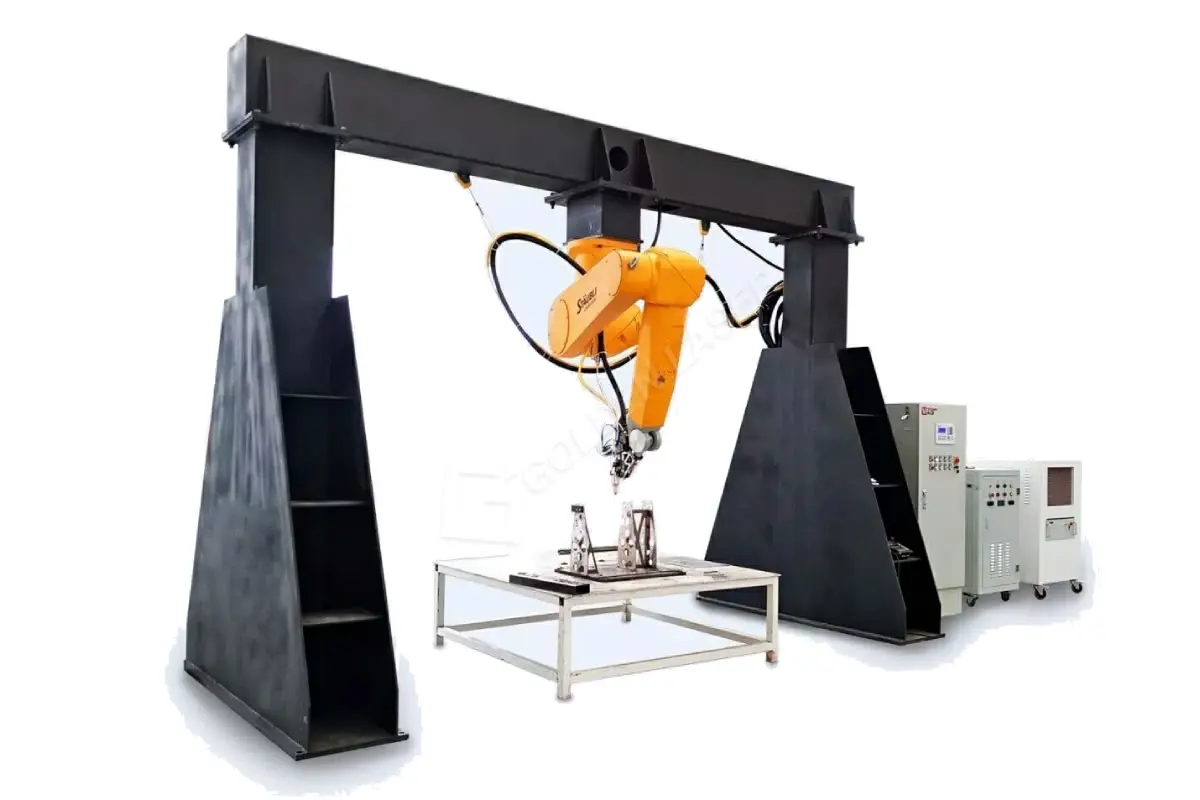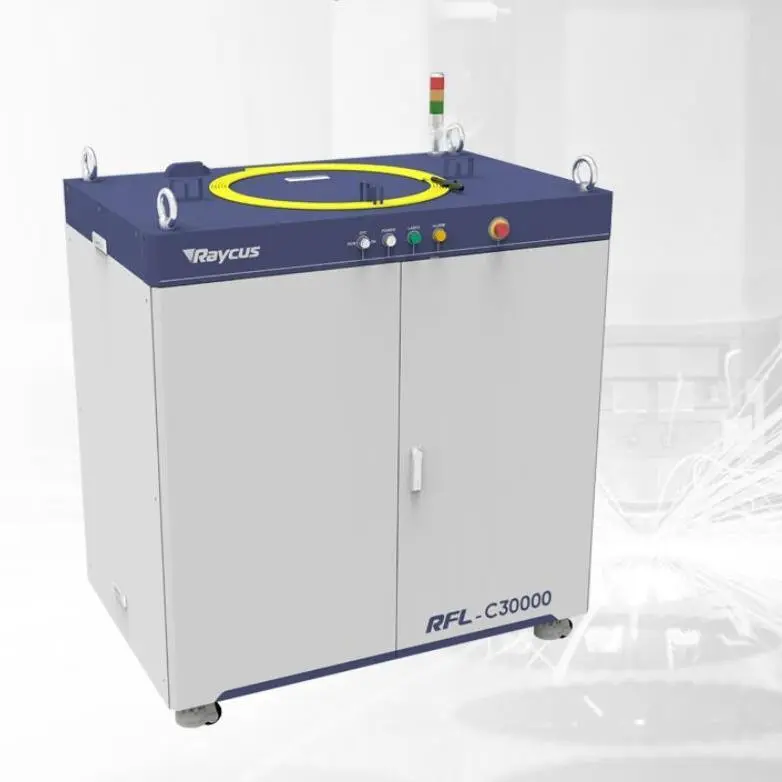
Understanding the Factors Influencing Metal Cutting Laser Machine Price: A Comprehensive Guide for Buyers
In recent years, the demand for metal cutting laser machines has surged, driven by advancements in technology and the increasing requirements for precision in manufacturing processes. As industries such as automotive, aerospace, and electronics continue to evolve, the need for high-quality, efficient cutting solutions has never been more critical. However, one of the first questions potential buyers ask is, “What is the price of a metal cutting laser machine?” To answer this, it is essential to explore the various factors that influence metal cutting laser machine pricing.
The Basics of Metal Cutting Laser Machines
Metal cutting laser machines are specialized tools designed to cut materials with high precision using a focused beam of light. This technology is widely appreciated for its ability to produce intricate designs and shapes with minimal waste. The core components of these machines include the laser source, cutting head, motion system, and the control system, all of which play a significant role in determining the overall cost.
Factors Influencing Metal Cutting Laser Machine Price
1. **Type of Laser Source**: The type of laser source used in metal cutting machines significantly influences their price. The most common laser sources include CO2 lasers, fiber lasers, and solid-state lasers. While CO2 lasers are generally more affordable, fiber lasers are more efficient and often preferred for cutting metals due to their speed and precision. This efficiency comes at a higher upfront cost for fiber laser machines.
2. **Cutting Thickness and Capability**: Machines designed for cutting thicker metals typically come with a higher price tag. The cutting capacity also requires sophisticated technology and more powerful components. If a business plans to cut a variety of metal thicknesses, investing in a versatile machine may incur higher costs initially, but it could save money in the long run due to its efficiency and capability.
3. **Size of the Machine**: The physical size of a laser cutting machine directly affects its price. Larger machines allow for bigger workpieces and may integrate advanced features like automatons for loading and unloading materials. Because of the additional space and components required, larger machines tend to be more expensive.

Understanding the Factors Influencing Metal Cutting Laser Machine Price: A Comprehensive Guide for Buyers
4. **Brand and Manufacturer**: The reputation and reliability of the manufacturer also play an important role in pricing. Established brands with a track record of providing quality and reliable machines usually price their products at a premium. However, these brands often provide better after-sales service, support, and warranty options. Considering long-term operational costs is essential when evaluating price against brand reputation.
5. **Technology and Features**: Modern metal cutting laser machines may come equipped with advanced features such as automated settings, software integration, and real-time monitoring. These features can enhance productivity and precision but will generally increase the cost of the machine. Businesses must weigh the benefits of these features against their budget and operational needs.
6. **Geographical Location and Shipping**: Depending on where you’re located, additional costs such as shipping, taxes, and duty fees can affect the final price of a metal cutting laser machine. Machines sourced from international manufacturers may incur higher shipping fees, which can add a significant amount to the overall cost.

Understanding the Factors Influencing Metal Cutting Laser Machine Price: A Comprehensive Guide for Buyers
7. **Maintenance and Operating Costs**: Lastly, it’s crucial to consider the long-term costs associated with the machine, which can vary widely based on technology and brand. Some machines may have lower initial prices but higher operating and maintenance costs due to parts commonly needing replacement or energy inefficiencies.
Conclusion
In summary, the price of a metal cutting laser machine is influenced by multiple factors, including the type of laser source, cutting capabilities, machine size, manufacturer reputation, technology features, geographical logistics, and long-term operating costs. Before making a purchase, potential buyers should conduct thorough research, assess their specific needs, and evaluate the overall value provided by different machines within their budget range. Understanding these elements will empower buyers to make an informed decision that aligns with their operational requirements and financial constraints, ensuring they invest wisely in this vital technology for their business. 1000w Metal Panel Laser Cutting Machine




